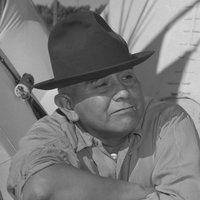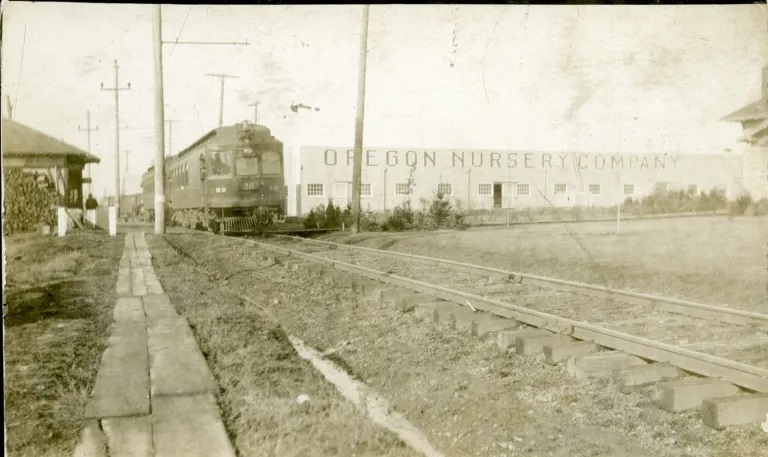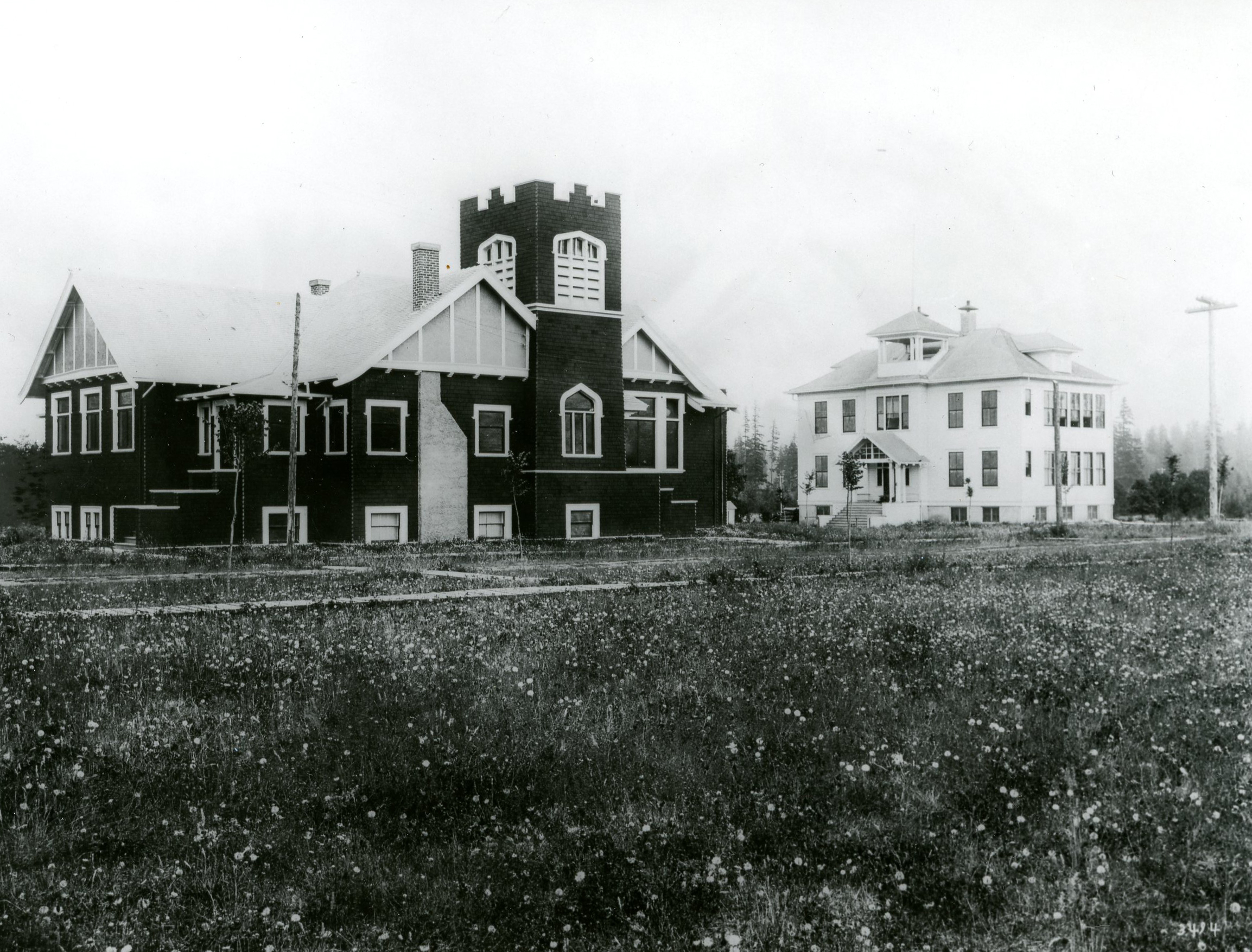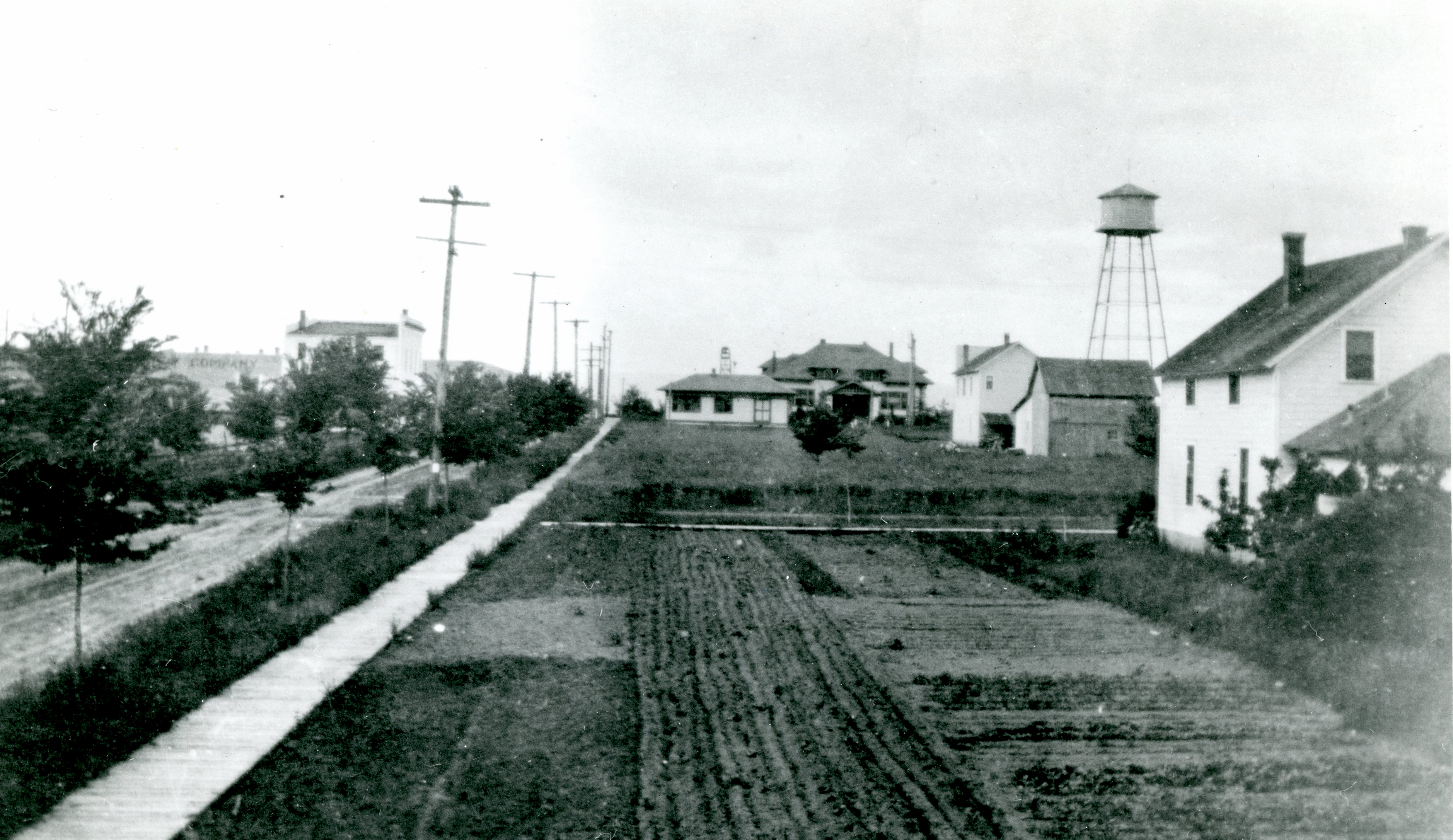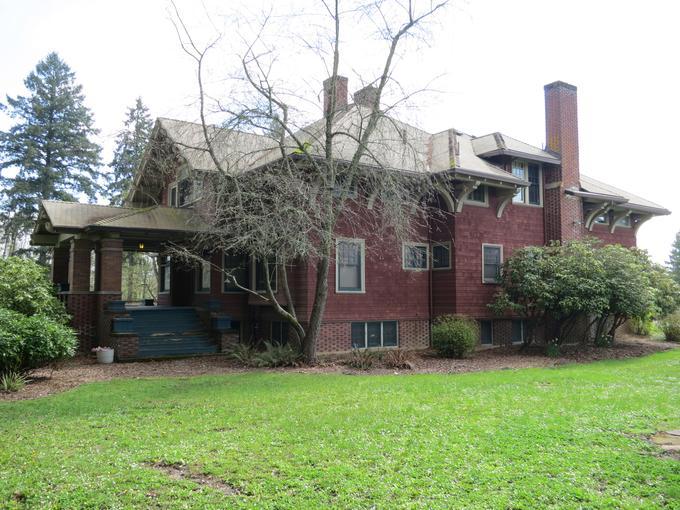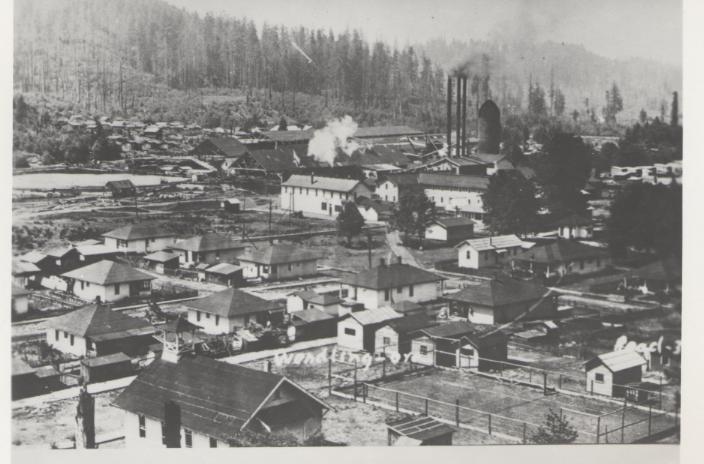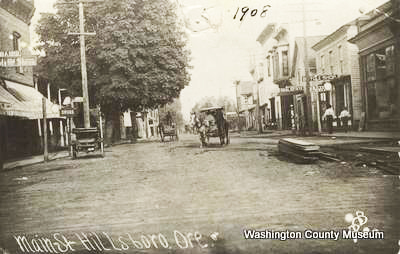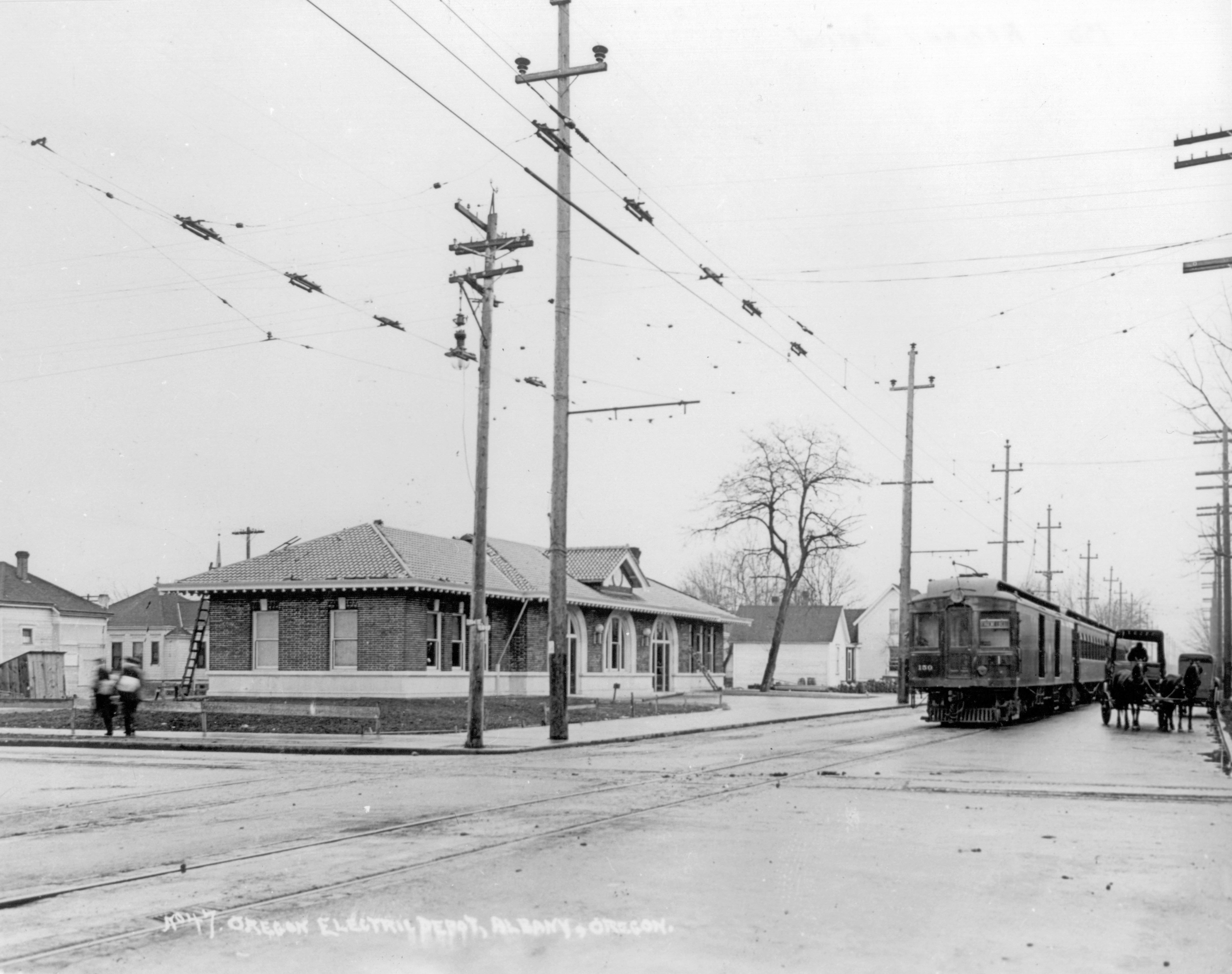The City of Orenco, known as the Garden Spot of the Willamette Valley, is located in the Tualatin Basin, west of Portland. Canadian immigrants Malcolm McDonald and Archibald McGill established Orenco as a company town in 1908 and named it for the Oregon Nursery Company (Ore-N-Co). The company, during the peak periods, provided work for as many as two hundred workers and a hundred sales agents.
Founded in Salem in 1867, the Oregon Nursery was purchased by McDonald and McGill in 1891 and incorporated as the Oregon Nursery Company in 1900. In 1906, the partners decided to move the company from leased land in Salem to nearly 1,200 acres they purchased between present-day Hillsboro and Aloha. At the height of its operation in 1914-1915, the company was the largest nursery on the West Coast.
In 1906-1907, the Oregon Electric Railway surveyed a line from Portland, south to Salem and Eugene and west to Hillsboro and Forest Grove. Right-of-way was granted through Oregon Nursery land along present-day Cornell Road. Regular service began in 1908, with the railway providing commuter services and convenient transportation of nursery products.
That same year, the Oregon Nursery Company platted Washington County's first planned community of Orenco Township. By 1909, over $250,000 had been invested in properties and land-use development, and the town had more than 300 residents in 1912. Many company employees were immigrants from Hungary, who lived on what was known as Hunky Town Road (now called Quatama). Orenco provided opportunities for resident-employees to earn a decent wage, to save money, and to learn the skills of nursery cultivation.
Due to differences in how to run the business, the partnership between McDonald and McGill dissolved in 1912. Rather than continue to support the company-town ideal they had envisioned, McDonald insisted that the town incorporate, which it did on January 6, 1913. McDonald served as the town’s mayor for eight years.
When World War I began in 1914, European supplies and markets were abruptly cut off, and the Oregon Nursery Company experienced a steep drop in export sales. Even though McDonald attempted to cover the company's losses with his personal funds, the company and the City of Orenco headed toward decline.
In 1924, Orenco received a possible second chance at economic independence. In February, a committee of the Portland Chamber of Commerce arrived in town to discuss the possibility of establishing a national nursery business in the Tualatin Valley, with Orenco as a potential site. The plan never came to fruition, however, and on June 15, 1925, the City of Orenco proposed a charter amendment to exclude portions of the city’s territory. In effect, most of the original township fell outside the city limits, which dramatically reduced jurisdiction and taxation.
Soon after the boundary change, the nursery declared bankruptcy and operated under a receivership. Businesses closed, residents moved, and the city began to decline. There were reports that the city was $450,000 in debt, most of it related to company expenditures.
Beginning in 1927, the Oregon Nursery Company's land, buildings, and equipment were sold. On February 23, 1929, all remaining land and buildings were sold at public auction, and the already quiet town was nearly deserted. On June 6, 1938, the eight remaining residents voted to disincorporate and become a neighborhood of the City of Hillsboro.
The railway line established to Orenco in 1906-1908 shaped Washington County's transportation system. Beginning in 1997, the area was revitalized with the development of the light-rail MAX line, connecting Beaverton to Portland. Orenco Station was designated a neighborhood in Hillsboro, designed in conjunction with the MAX Blue line. In 2015, the Malcolm McDonald House was placed on the National Register of Historic Places. The size of the house and its features are representative of the nursery's historic success and significance.
-
![]()
Oregon Electric Railway and Oregon Nursery Co. building, Orenco, 1908.
Courtesy Hillsboro Historical Society -
![]()
Early church and school. Orenco.
Oregon Historical Society Research Library, Gi3494, photo file 819
-
![]()
Orenco, Oregon.
Oregon Historical Society Research Library, 37265, photo file 819
-
![]()
Malcolm McDonald house, Hillsboro (Orenco).
Courtesy University of Oregon Libraries
Related Entries
-
![Company Towns]()
Company Towns
While there have been scores of industrial settlements and communities …
-
![Hillsboro]()
Hillsboro
Hillsboro, the seat of Washington County, is in the Tualatin River Basi…
-
![Oregon Electric Railway]()
Oregon Electric Railway
Talk of building a long-distance electric interurban railway south from…
Map This on the Oregon History WayFinder
The Oregon History Wayfinder is an interactive map that identifies significant places, people, and events in Oregon history.
Further Reading
Handberg, Lou, compiler. Orenco Heritage Series, Book One, 1905-1938. Orenco Heritage Collection, 1992.
"New Town on Oregon Electric." Portland Oregonian, August 8, 1908.
"Nursery Buys Large Tract." Portland Oregonian, October 3, 1906.


